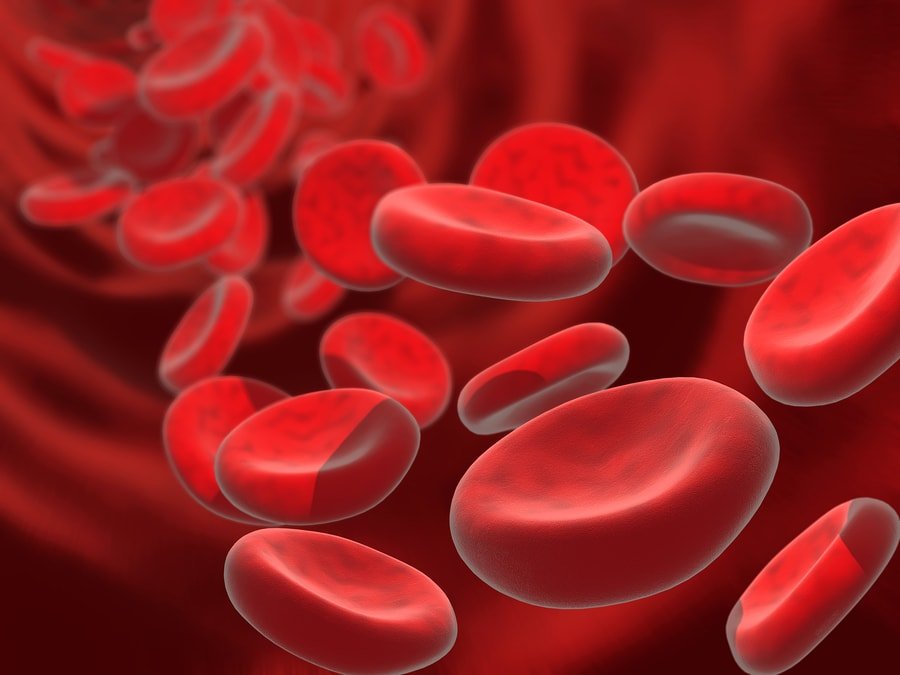Simply we can say:
Blood is the life-maintaining fluid that circulates through the entire body.
Blood, by definition, is a fluid that moves through the vessels of a circulatory system. In humans, it includes plasma (the liquid portion), blood cells (which come in both red and white varieties), and cell fragments called platelets.
Function of blood
Blood has many different functions, including transporting oxygen and nutrients to the lungs and tissues. forming blood clots to prevent excess blood loss. carrying cells and antibodies that fight infection.
Blood carries the following to the body tissues:
Nourishment, Electrolytes, Hormones, Vitamins, Antibodies, Heat, Oxygen, Immune cells (cells that fight infection)
Blood carries the following away from the body tissues:
Waste matter, Carbon dioxide
What are the components of blood?
The components of human blood are:
Plasma. The liquid component of the blood in which the following blood cells are suspended:
Red blood cells (erythrocytes). These carry oxygen from the lungs to the rest of the body
White blood cells (leukocytes). These help fight infections and aid in the immune process. Types of white blood cells include:
Lymphocytes,Monocytes,Eosinophils,Basophils,Neutrophils,Platelets (thrombocytes). These help in blood clotting.
Where are the blood cells?
Blood cells are made in the bone marrow. The bone marrow is the spongy material in the center of the bones that makes all types of blood cells.
There are other organs and systems in our bodies that help regulate blood cells. The lymph nodes, spleen, and liver help regulate the production, destruction, and function of cells. The production and development of new cells in the bone marrow is a process called hematopoiesis.
Blood cells formed in the bone marrow start out as stem cells. A stem cell (or hematopoietic stem cell) is the first phase of all blood cells. As the stem cell matures, several distinct cells evolve. These include red blood cells, white blood cells, and platelets. Immature blood cells are also called blasts. Some blasts stay in the marrow to mature. Others travel to other parts of the body to develop into mature, functioning blood cells.
What are the functions of blood cells?
The main job of RBC( Red blood cells), or erythrocytes, is to carry oxygen from the lungs to the body tissues and carbon dioxide as a waste product, away from the tissues and back to the lungs. Hemoglobin (Hgb) is an important protein in the red blood cells that carries oxygen from the lungs to all parts of our body.
The main job of white blood cells, or leukocytes, is to fight infection. There are several types of white blood cells and each has its own role in fighting bacterial, viral, fungal, and parasitic infections. Types of white blood cells that are most important for helping protect the body from infection and foreign cells include the following:
Neutrophils,Eosinophils,Lymphocytes,Monocytes,Basophils
White blood cells:
Help heal wounds not only by fighting infection but also by ingesting matter, such as dead cells, tissue debris, and old red blood cells.
Protect you from foreign bodies that enter the bloodstream, such as allergens.
Are involved in the protection against mutated cells, such as cancer.
The main job of platelets, or thrombocytes, is blood clotting. Platelets are much smaller in size than the other blood cells. They group together to form clumps, or a plug, in the hole of a vessel to stop bleeding.
What is a complete blood cell count (CBC)?
CBC count is a measurement of size, number, and maturity of the different blood cells in the blood sample. A CBC can be used to find problems with either the production or destruction of blood cells. Variations from the normal number, size, or maturity of the blood cells can be used to mean there is an infection or disease process. Often with an infection, the number of white blood cells will be elevated. Many forms of cancer can affect the production of blood cells. For instance, an increase in the immature white blood cells in a CBC can be associated with leukemia. Blood diseases, such as anemia and sickle cell disease, will cause abnormally low hemoglobin.

